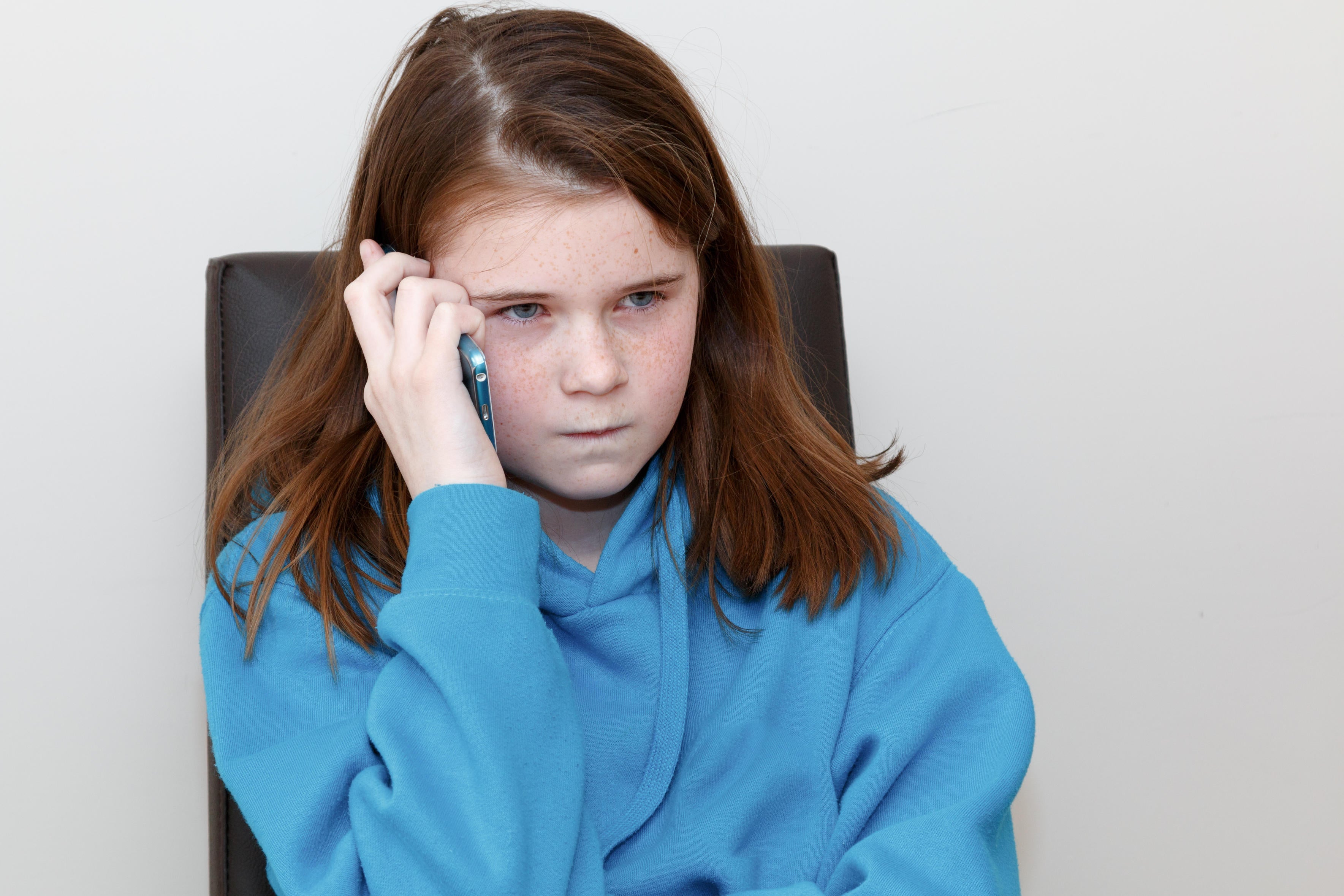
Support truly
independent journalism
Our mission is to deliver unbiased, fact-based reporting that holds power to account and exposes the truth.
Whether $5 or $50, every contribution counts.
Support us to deliver journalism without an agenda.

Louise Thomas
Editor
A disorder associated with disruptive behaviours in children could be spotted in brain scans, new research suggests.
Researchers looked at brain scans of nearly 2,500 children and found distinct structural differences in the brains of children who have conduct disorder, compared to those who do not.
It’s a condition that around 5% of children aged between five and 16 in the UK are thought to have, and is associated with lying, stealing, skipping school and a lack of remorse.
“Although we don’t yet know how the differences we identified could be used to improve treatment for children with conduct disorder, it is clear that they cannot simply be labelled ‘naughty’,” says the study’s joint lead author, Dr Marlene Staginnus, from the Department of Psychology at the University of Bath.

What is conduct disorder?
“Conduct disorder (CD) is a form of behavioural disorder. It’s characterised by antisocial behaviour from the child in almost all of their settings, including school, home and around friends,” explains Craig Jackson, professor of occupational health psychology at Birmingham City University.
“Children with CD often ignore instructions, rules and general social conventions in their interactions with others, and display challenging behaviours that other children and adults find difficult to manage.
“This includes dangerous behaviours and excessive risk-taking, delinquency such as petty theft or avoiding school, wilfully doing things to hurt or outrage others, and using violence or threats of violence to achieve what they want.”
What causes CD?
“The development of conduct disorder is complex and influenced by many factors including both biological factors and the environment of the child,” explain the authors of the new brain study, Dr Yidian Gao, Staginnus and the ENIGMA-Antisocial Behavior Working Group. “Importantly, these biological and environmental factors also interact with each other.”
Jackson adds: “Physical causes include brain damage (possibly to the frontal lobe), which can be the result of physical trauma or injury, or even exposure or ingestion of neurotoxic chemicals. Some evidence suggests there is a genetic element to who develops CD.”

Fiona Yassin, a family psychotherapist, and founder and clinical director of The Wave Clinic, agrees and says that she has noticed that many of her clients with CD have experienced trauma early on in life.
“Trauma can have a big and lasting impact on the emotions and behaviours of a young person. It can change the way a young person’s brain develops, affecting important functions like learning, emotional regulation and memory,” she says.
Why is CD often linked to naughtiness?
It is important to know the difference between general naughty behaviour and signs of conduct disorder.
“Because conduct disorder is under-recognised and under-diagnosed, it can be easy to discount children with this condition as naughty rather than providing them with the help they need,” explains Staginnus. “In younger children, conduct disorder begins with behaviours such as pushing, hitting, and biting. In older children, it can manifest as more severe violent actions and criminal activities, such as stealing, vandalism, and arson.
“All children misbehave occasionally, so conduct disorder is only diagnosed when these extreme behaviours persist over an extended period of time and in different contexts.”
What can be done to help?
The earlier conduct problems are identified and addressed, the better, and early treatment may prevent future problems.

“Some types of therapy for conduct disorder include mode deactivation therapy and family therapy,” says Yassin. “Family therapy and positive parenting skills are an essential part of the treatment of conduct disorder.
“A family therapist can help parents to provide consistent boundaries and have a family plan in place to effectively manage the more difficult moments.”
Medication may also be a route to go down. Jackson says: “Medication may be prescribed for the child – typically beta blocker drugs or mild antipsychotic medication – but this will not solve the CD, however, it may help if the child has other conditions present, such as ADHD.”
And schools can play a part in helping too. Yassin says: “In general, interventions at school should try to balance providing opportunities for positive, social behaviours, which should be praised, with setting consistent boundaries and limits.”







